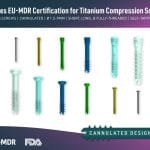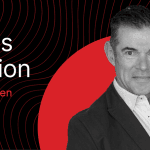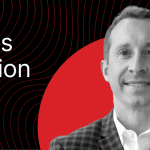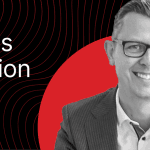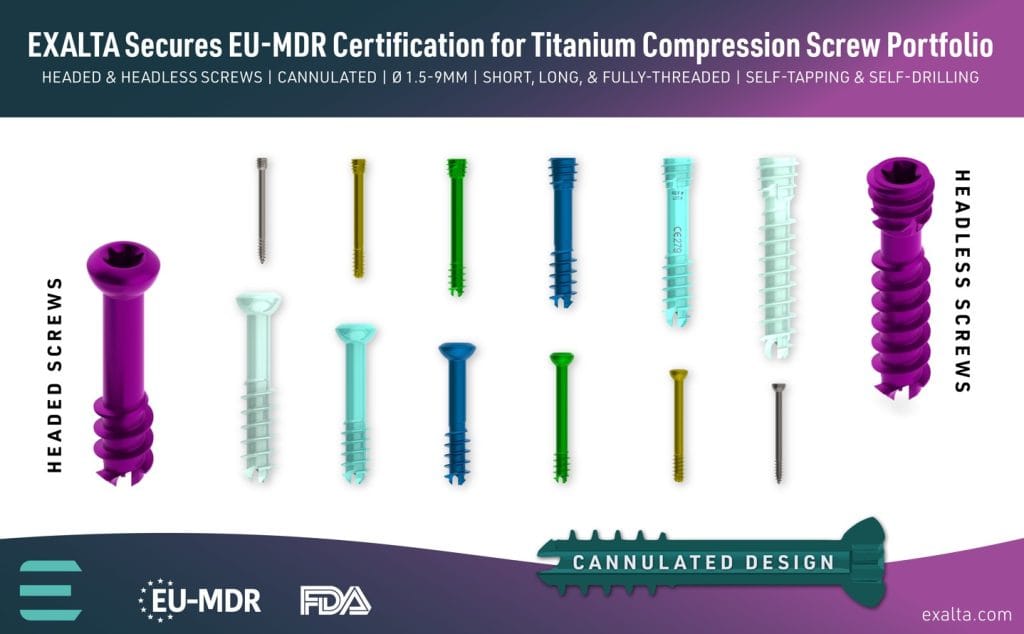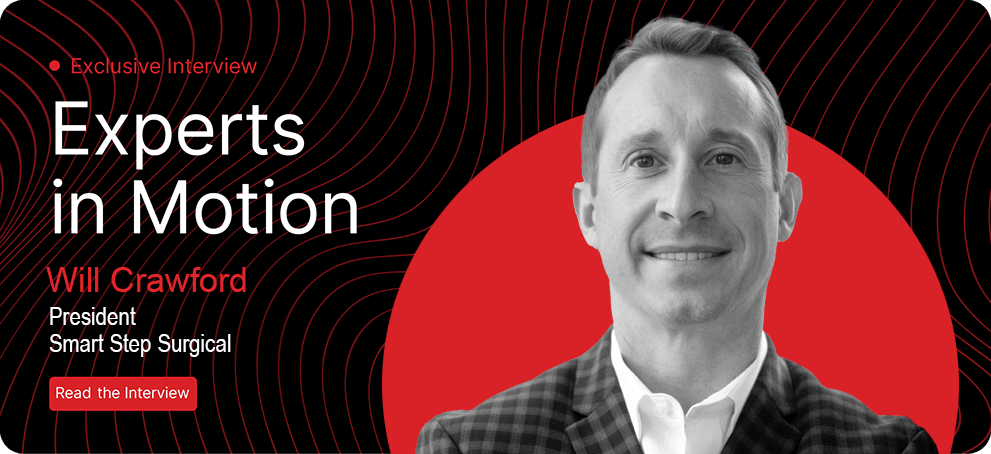From the Field to the Frontline: How Dr. Adrian Cohen and Headsafe Are Changing Concussion Care
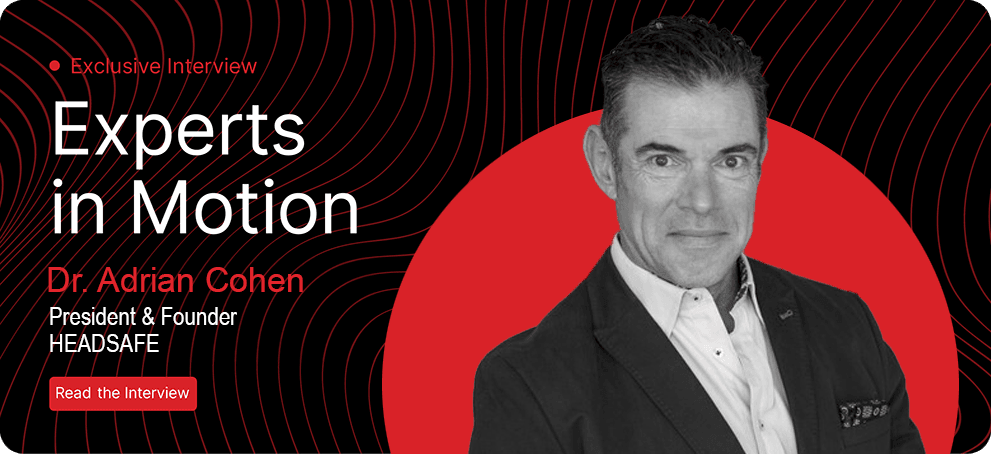
From the Field to the Frontline: How Dr. Adrian Cohen and Headsafe Are Changing Concussion Care
An Interview with Dr. Cohen, Headsafe, Founder & President
By Guillaume Viallaneix | Editor-in-Chief, The MedTech Digest & President, MedTech Momentum
In this exclusive Experts in Motion interview, Dr. Adrian Cohen shares how his journey from sports fields and rescue helicopters led to Headsafe’s groundbreaking technology, transforming how we diagnose concussions worldwide.
It’s not every day you meet someone who has jumped out of helicopters, patched up Navy SEALs in the jungle, and built a company that might redefine brain injury diagnostics. But that’s Dr. Adrian Cohen. I’ve had the privilege of working closely with Adrian and his team at Headsafe, and I’m thrilled to introduce his story to our readers. In this interview, you’ll learn not just about a revolutionary product but about the grit, vision, and urgency driving one of the most important conversations in MedTech today: concussion care.
Guillaume: Adrian, let’s start with the early days. Where does your story begin?
Adrian: I’m Adrian Cohen, born and raised in Sydney, Australia. I’ve always been close to sports, rugby especially. I played from age seven in an older age category against bigger boys, not by choice but because my older brother was in this team, and my mum didn’t want to shuttle between two games. Later, I studied medicine at the University of New South Wales and started down the path to become an orthopedic surgeon. But on weekends, I volunteered with the Westpac Rescue Helicopter Service. That changed everything.
I remember one mission in particular: a surfer swept onto rocks during a storm. We hovered above the cliffs while I was winched down. Waves were crashing around us. That moment taught me what it meant to make decisions with no margin for error. It was medicine in its rawest, most human form. That experience became the foundation of everything I do now.
Guillaume: That sounds like quite a pivot. What drew you to pre-hospital care?
Adrian: I liked being outside the walls of the hospital. You’re flying into mountain ravines or oceans, working with limited tools and no second opinions. It tested your skills. Eventually, I became the first full-time doctor on that helicopter service. We were doing everything from mountain rescues to trauma stabilizations. I even won a Churchill Fellowship to study rescue systems in Europe. It gave me a front-row seat to the gaps in trauma care, especially for head and neck injuries.
Guillaume: When did concussions come into the picture?
Adrian: Concussions were always part of the story. As a rugby doctor, I saw the same injuries play out again and again. The turning point came around 2014, when I realized the tools we had for concussion assessment were deeply flawed, subjective, inconsistent, and easy to game. Meanwhile, the NFL had just settled a $765 million concussion lawsuit. That was my “aha” moment.
I remember reading through the settlement terms and seeing how the league was called out for three things: not educating players, not removing them from play when they needed it, and returning them too early. That resonated deeply. We had a broken system where athletes were getting hurt—and we were relying on guesswork to assess them. That had to change.
Guillaume: And that led to Headsafe and the Nurochek system?
Adrian: Exactly. We took an old technology, visual evoked potentials, or VEPs, and modernized it. Historically, VEPs required bulky machines and lab conditions. We turned it into a portable, user-friendly headset. With Nurochek, you get an objective assessment of brain function in under three minutes, no baseline needed. It’s cleared by the FDA and easy enough for a nurse, technician or physiotherapist to use at the sideline or in a clinic.
Guillaume: That’s remarkable. Can you share a success story where Nurochek made a real difference?
Adrian: One example that stands out: a high school athlete in Australia took a hard knock during a rugby match. The team used Nurochek on the sideline and caught abnormalities that traditional symptom checklists missed. The player was kept out of play, got proper follow-up, and avoided second-impact syndrome. That could’ve saved his life.
Guillaume: Let’s talk competitors. There are other concussion tools out there. What makes Nurochek different?
Adrian: Most alternatives rely on subjective reporting or cognitive tests. Others require a baseline, which isn’t practical in real life, and which most athletes know how to cheat. Nurochek is objective, fast, and doesn’t need prior data. We’re also affordable. The device costs under $3,000 and should be reimbursable in clinical settings. It’s designed to integrate seamlessly into real-world workflows and enhance a doctor’s practice.
Unlike some of the bulkier or more expensive systems, we designed Nurochek to be accessible. It’s plug-and-play, validated, FDA-cleared as an aid to concussion diagnosis, and scalable. We didn’t just make it for elite hospitals. We made it for every ER, urgent care clinic, and school sideline.
Guillaume: What’s your vision for MedTech innovation more broadly?
Adrian: The future of MedTech is portability, accessibility, and data-driven diagnostics. We need tools that scale, not just impress regulators or social media influencers. Healthcare shouldn’t be locked inside hospitals. It should follow the patient. That’s the spirit behind Nurochek.
Guillaume: I have to ask a branding question. Headsafe is both the company name and a legacy from your earlier initiatives. But now you also have Nurochek. How do you manage that brand clarity?
Adrian: Great question. We’re evolving. Headsafe is the umbrella, the mission. Nurochek is the product. As we expand in the U.S. and Europe, we’re refining that story. As you know, MedTech Momentum is helping us align that messaging so clinicians and partners know exactly what we do and why it matters.
Guillaume: From a customer perspective, what’s the biggest value Nurochek brings?
Adrian: Confidence. For a doctor, nurse, or coach, it provides fast, objective evidence to guide a critical decision: Is this person’s brain functioning normally? That’s a big deal when lives and liability are on the line.
Guillaume: And from an investor standpoint?
Adrian: The market is massive. Only 23% of concussions come from sports. Falls, car accidents, and domestic violence are huge areas. Not to mention military applications for our soldiers. We’ve got FDA clearance, clinical validation, and a product that’s cheaper and faster than anything comparable. We’re not just selling a device. We’re building a new standard of care.
Guillaume: Any final advice for aspiring MedTech entrepreneurs?
Adrian: Know the problem better than anyone. Live it. Solve it from the inside out. And surround yourself with people who’ve done it before. MedTech is not a solo sport.
There were moments I nearly gave up: funding setbacks, technical failures, and regulatory delays. But the mission kept me going. You need that sense of mission. If you’re only in it for the exit, don’t bother.
Guillaume: Where do you see Headsafe in 5 years? In 10?
Adrian: In five years, I see us embedded in hospitals and sports programs across the U.S., Australia, New Zealand and Europe. In ten, I want Nurochek to be the gold standard for concussion assessment globally. As for legacy, I hope I’m remembered as someone who moved the needle for brain health. Someone who refused to accept the status quo.
Guillaume: Adrian, this has been a masterclass in purpose-driven innovation. Thank you for sharing your story.
Adrian: Thank you, Guillaume. It’s a privilege to share it.
Closing Note:
Dr. Adrian Cohen’s journey is a case study in MedTech leadership that matters. He saw a flaw in the system and built a solution with global implications. As concussion awareness grows, Headsafe is more than a company—it’s a movement. Visit headsafe.com to learn more or connect with Adrian directly on LinkedIn.


